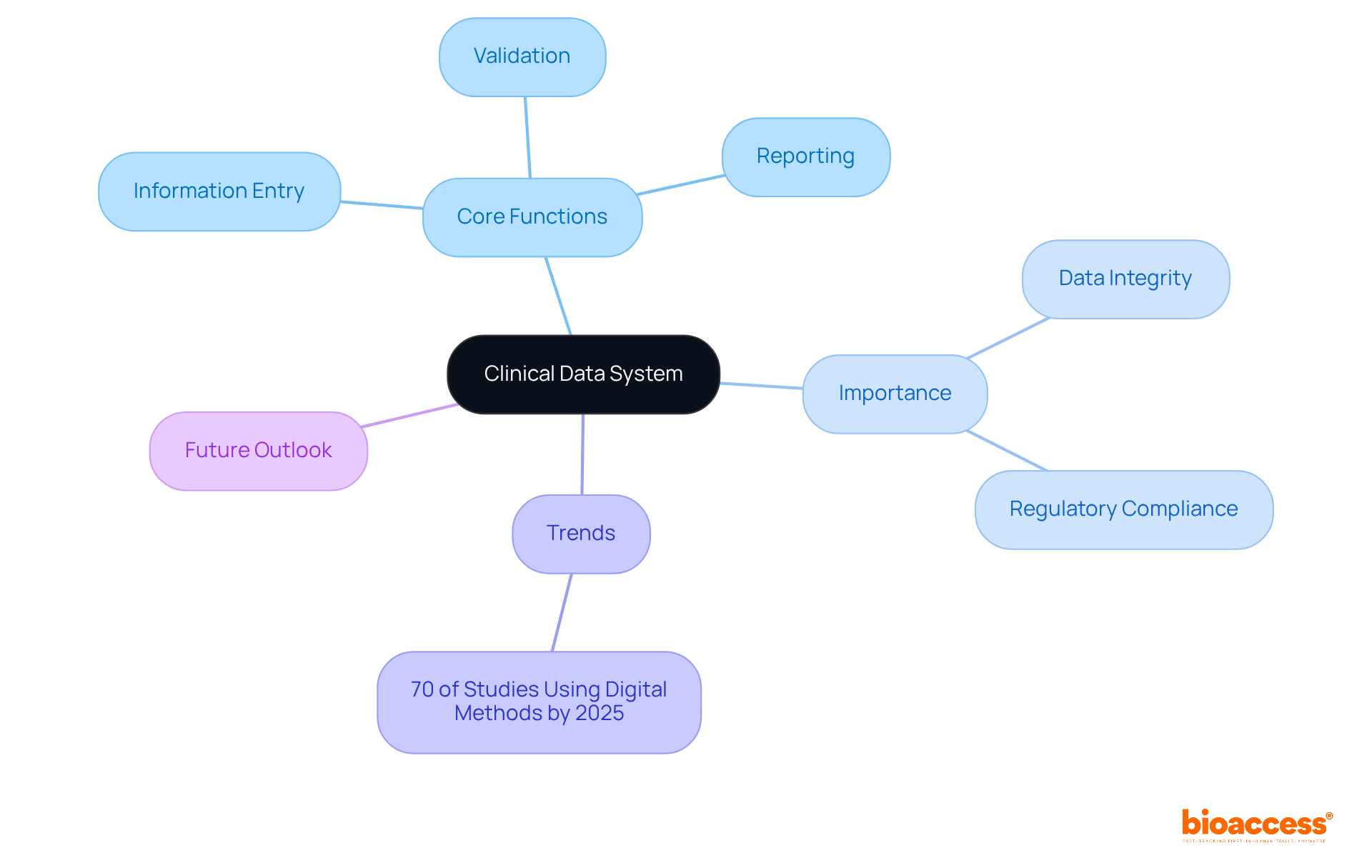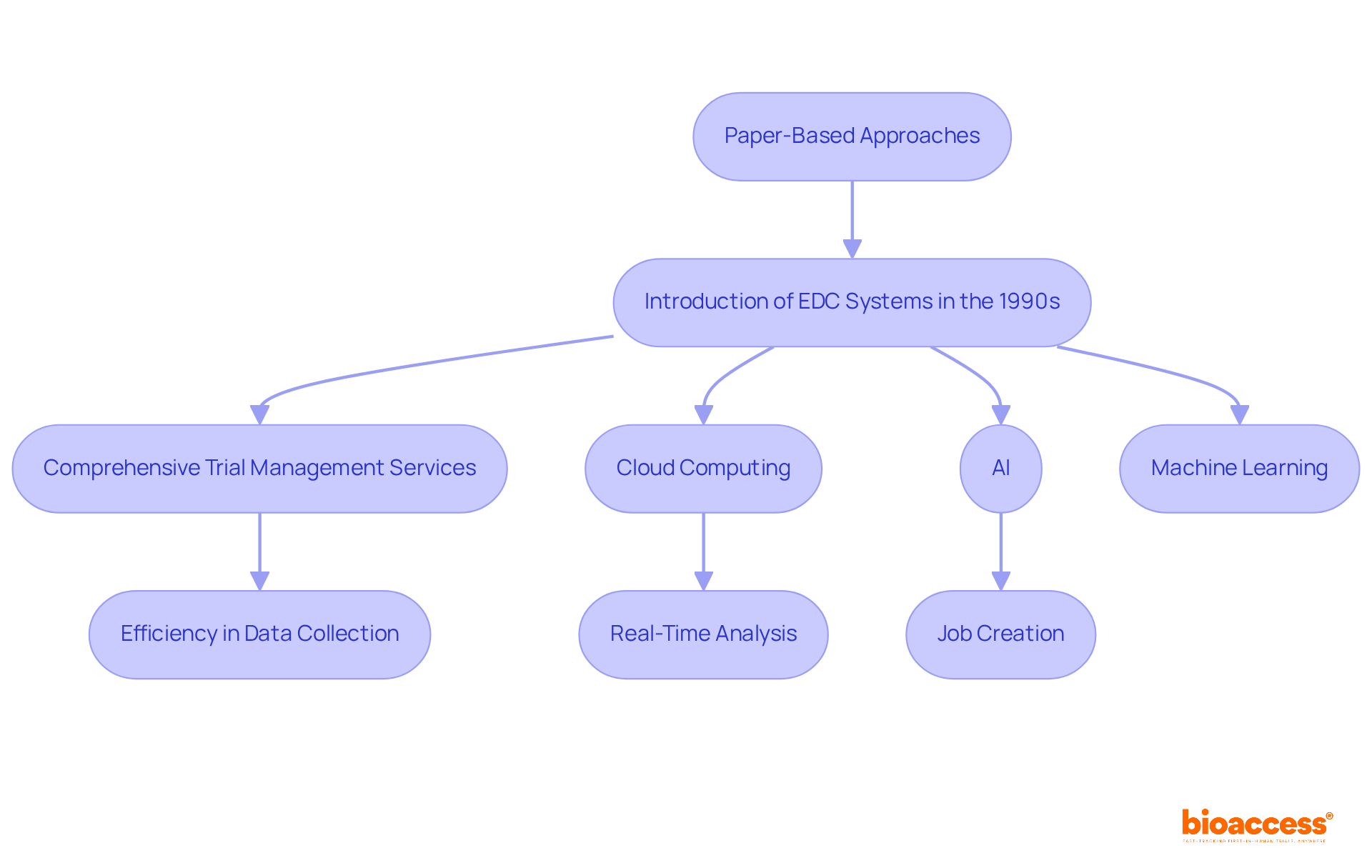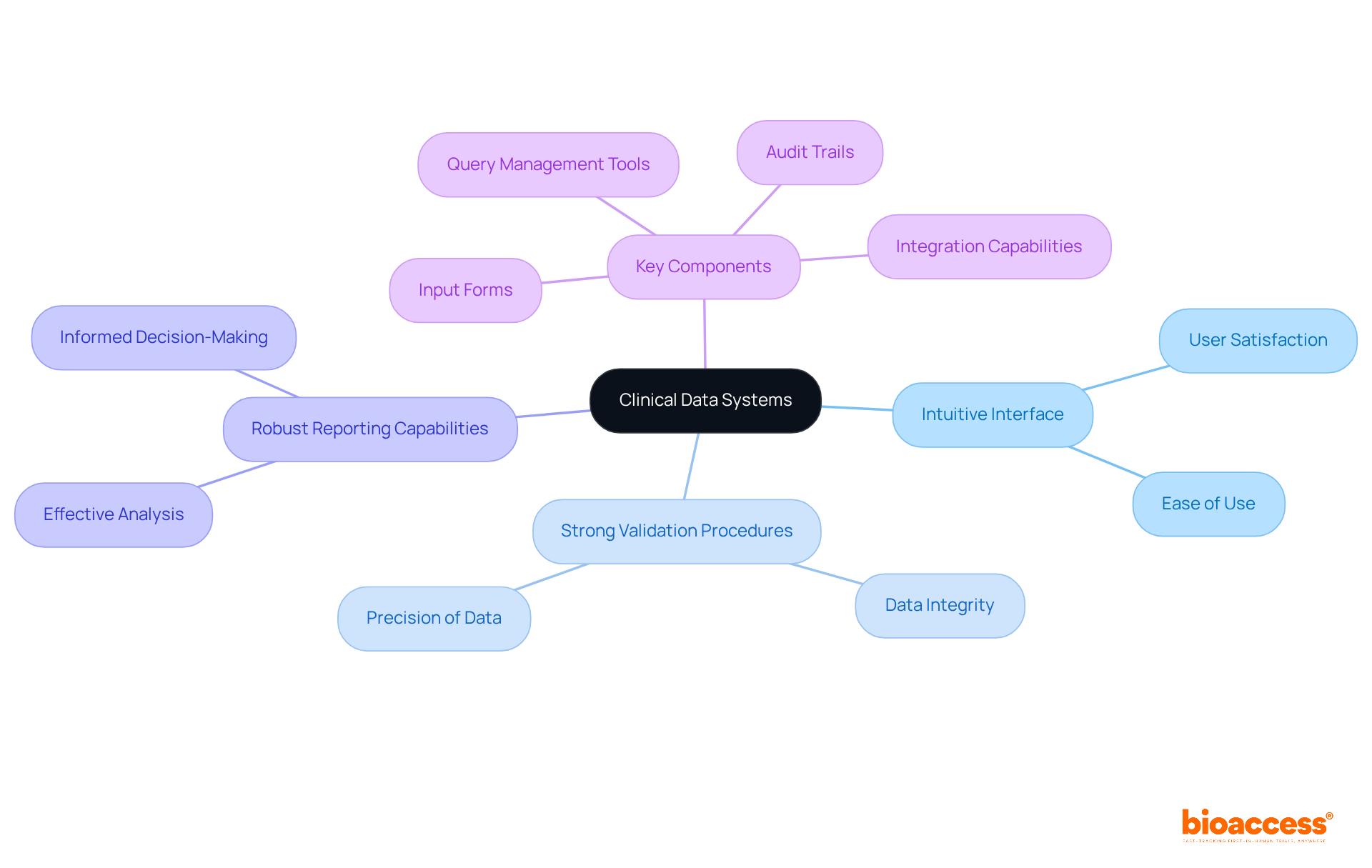


The landscape of clinical research is rapidly evolving, driven by the need for precision and efficiency in data management. At the forefront of this transformation are clinical data systems (CDS), which offer robust solutions that streamline the collection, storage, and analysis of critical information. As the industry shifts towards more automated and digital methodologies, a pressing question emerges: how can these systems not only enhance the integrity of clinical trials but also adapt to the ever-changing regulatory environment?
Understanding the key features and historical context of clinical data systems is essential for researchers aiming to navigate this complex terrain effectively. By grasping these elements, researchers can better position themselves to leverage CDS in overcoming the challenges posed by modern clinical trials. This knowledge not only fosters confidence but also empowers researchers to make informed decisions that align with industry standards and regulatory requirements.
A clinical data system serves as a specialized software platform that effectively manages and streamlines the collection, storage, and analysis of information generated during research trials. These systems are pivotal in organizing clinical information, ensuring its accuracy, security, and accessibility for analysis. The core functions of a CIS include information entry, validation, and reporting, which are vital for maintaining integrity and adhering to regulatory standards.
As Dr. Simon Lorenz observes, 'Value-based care is the appropriate move towards care concentrated on quality.' This statement underscores the necessity for dependable information in achieving quality results. By automating numerous processes, research information networks significantly enhance the efficiency of medical studies, enabling quicker decision-making and ultimately improving patient outcomes.
Looking ahead, it is anticipated that by 2025, more than 70% of medical studies will employ electronic information collection methods. This trend indicates a growing shift towards digital solutions that not only enhance information reliability but also simplify research processes. Such advancements support compliance and empower researchers to focus on delivering innovative therapies more effectively.
In summary, the integration of the clinical data system is crucial in the evolving landscape of clinical research. Collaboration among stakeholders will be essential in navigating these changes and ensuring the successful implementation of these technologies.

Clinical information frameworks are essential in the research environment, providing a structured approach to managing vast amounts of data. In clinical studies, where extensive information is generated, the ability to gather and analyze this data effectively is paramount. These platforms not only support the operational aspects of studies but also ensure compliance with regulatory requirements set by organizations like the FDA and EMA. By enabling accurate data capture and real-time monitoring, a clinical data system empowers researchers to make informed decisions, ultimately leading to more effective treatments and therapies.
At bioaccess, we offer comprehensive research study management services designed to accelerate research trials. Our services include:
These offerings are tailored to help Medtech, Biopharma, and Radiopharma startups navigate the complexities of medical research. By connecting innovative startups with leading research sites, we contribute to local economies through job creation and healthcare improvements, fostering international collaboration in the process.
Collaboration is key in the Medtech landscape, and our expertise positions us as a vital partner in overcoming the challenges faced by startups. As you consider your own clinical research challenges, think about how partnering with bioaccess can enhance your research capabilities. Together, we can drive advancements in healthcare and improve patient outcomes.
The development of healthcare information frameworks has evolved significantly from conventional paper-based approaches, which dominated the early stages of medical research. The introduction of clinical data systems, including electronic data capture (EDC) systems, in the 1990s marked a pivotal shift, greatly enhancing the efficiency of data collection and management. Today, comprehensive trial management services - including feasibility studies, site selection, compliance reviews, trial setup, import permits, project management, and reporting - are crucial in this evolution. These services not only streamline the research process but also ensure adherence to regulatory standards, reflecting a continuous commitment to improving clinical research methodologies with a clinical data system.
Moreover, the incorporation of cutting-edge technologies such as cloud computing, artificial intelligence, and machine learning has revolutionized these frameworks. This advancement facilitates real-time information analysis and strengthens compliance with regulatory standards. Importantly, this evolution transcends technology; it profoundly impacts local economies through job creation, economic growth, and healthcare improvement. It fosters international collaboration that drives global health innovation, highlighting the necessity for ongoing partnerships in the clinical research landscape.

Clinical data systems play a pivotal role in enhancing the functionality and user experience within clinical research. An intuitive interface is not just a feature; it’s essential for driving user satisfaction and effectiveness in managing information. Strong validation procedures are vital for a clinical data system, ensuring the integrity and precision of the data collected, which is crucial for safeguarding the outcomes of clinical trials. Additionally, robust reporting capabilities facilitate effective analysis and informed decision-making.
Key components of these systems typically include:
Collectively, these features enhance the accuracy, security, and accessibility of the clinical data system, ultimately supporting the successful execution of clinical trials.

The significance of clinical data systems is paramount in medical research and healthcare. These systems form the backbone for managing clinical information, ensuring that data collection, storage, and analysis are efficient and compliant with regulatory standards. As clinical research evolves, integrating advanced technologies within these systems enhances their capacity to deliver reliable, actionable insights that ultimately improve patient outcomes.
Key arguments throughout the article underscore the core functions and features of clinical data systems. They:
The historical shift from paper-based methods to sophisticated electronic data capture systems reflects a commitment to advancing clinical research methodologies. Furthermore, the emphasis on collaboration among stakeholders highlights the importance of partnerships in navigating the complexities of modern clinical trials.
Reflecting on the transformative potential of clinical data systems reveals that embracing these technologies is essential for driving innovation in healthcare. Organizations and researchers must leverage these systems not only to enhance the efficiency of their studies but also to contribute to a broader movement towards value-based care. By prioritizing reliable data management and fostering collaboration, the future of clinical research can lead to groundbreaking therapies and improved health outcomes for patients worldwide.
What is a clinical data system (CDS)?
A clinical data system is a specialized software platform that manages and streamlines the collection, storage, and analysis of information generated during research trials.
What are the core functions of a clinical data system?
The core functions of a clinical data system include information entry, validation, and reporting, which are essential for maintaining data integrity and adhering to regulatory standards.
Why is reliable information important in clinical research?
Reliable information is crucial for achieving quality results in clinical research, as emphasized by Dr. Simon Lorenz's statement on value-based care focusing on quality.
How do clinical data systems enhance the efficiency of medical studies?
Clinical data systems automate numerous processes, which enhances the efficiency of medical studies, enables quicker decision-making, and ultimately improves patient outcomes.
What is the anticipated trend for electronic information collection in medical studies by 2025?
It is anticipated that by 2025, more than 70% of medical studies will employ electronic information collection methods, indicating a shift towards digital solutions.
What benefits do digital solutions provide in clinical research?
Digital solutions enhance information reliability, simplify research processes, support compliance, and empower researchers to focus on delivering innovative therapies more effectively.
Why is collaboration among stakeholders important in clinical research?
Collaboration among stakeholders is essential for navigating changes in the clinical research landscape and ensuring the successful implementation of clinical data systems.